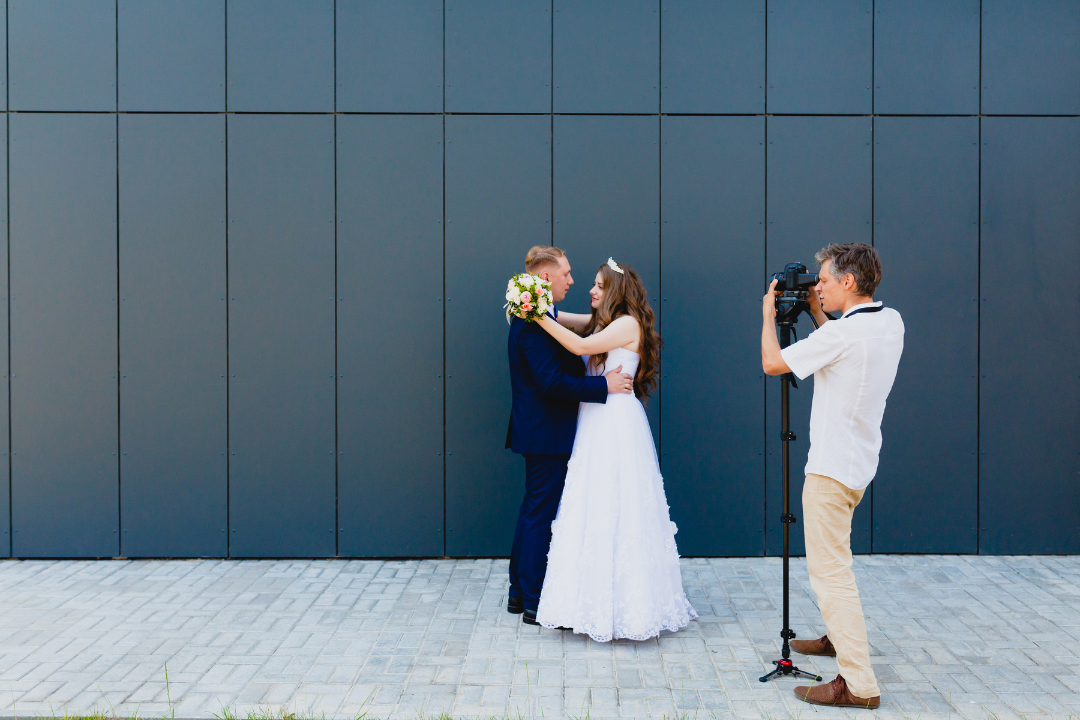Regardless of the approach you take, there are a few things every wedding videographer should adhere to.
Set expectations with your customer.
How set expectations with customers is one of the most difficult aspects for a new wedding videographer to master.
You must have an identical understanding of the completed product to your clients. Your customer may believe that your product will be similar to one they’ve seen at a friend’s wedding. Sit down with your client and discuss what you can do (with respect to equipment limitations, skill levels, number of camera operators, and so on).
If recent graduates fail to establish expectations right away and then fulfil them, they may encounter difficulties with customers. An inexperienced shooter runs the danger of missing a crucial moment. You can’t say, “Cut, take two” while wedding filming because you’ll be running between a bright outdoor location and a dim interior space. There’s certainly a risk of failing to live up to your customer’s standards.
Make sure you have the right gear and are familiar with your equipment.
The right equipment may make or break your wedding video.
Always have a tri-pod on hand for stability while shooting. Make sure your camera is prepared for low-light conditions, especially during the ceremony’s indoor segments. Knowing your camera settings inside and out can help you run from bright outside to dark indoor spaces, as well as assist you in solving problems if something goes wrong.
Keep it simple, light, and quick.
There are no do-overs on the wedding day, and you must be able to predict and follow actions as they develop. Ideally, at the wedding, you’ll go unnoticed since you’ll be moving quickly from one shot to the next.
If you are beginning to feel weary, carry light and avoid heavy gear. It’s likely to be a long day on your feet, so pack light and cut down on bulk.
Make sure to get the ‘must have’ photos from the day.
There are certain things that people anticipate seeing in their wedding films, therefore it’s critical to include them as the foundation for the video.
Your client may have certain events in mind for you to photograph, such as the bride getting ready before the ceremony, the bride walking down the aisle, the first dance, and so on.
Make a list of things to look forward to and capture, but not so extensive that you’re more concerned with the checklist than the shoot.
Make sure there is audio.
When it comes to video shoots, the sound is frequently neglected, but it is one of the most essential aspects of your final movie.
For ambience sound, you might use an in- or on-camera mic for ambient noise and then a lavaliere or zoom recorder for the groom.
Putting a microphone on a wedding dress might be difficult, so only mic the groom for the couple’s vows and make sure the levels are correct to pick up both voices.
Communicate about the wedding day.
Make sure you know exactly what the day’s plan is and where all of the activities will be held. You’ll have to be one step ahead of everyone else, so stay informed about what’s next and where it’ll happen.
Shoot a lot of b-roll.
The only thing worse than going through a large number of b-roll files is not having enough footage to work with.
Keep your eyes open for stunning photographs of people or close-ups as you capture your ‘must have’ moments throughout the day. Shoot a lot of b-roll, more than you think you’ll need; but, also make sure your shots are intentional and don’t take pictures unless they’re worth it in the long run.
